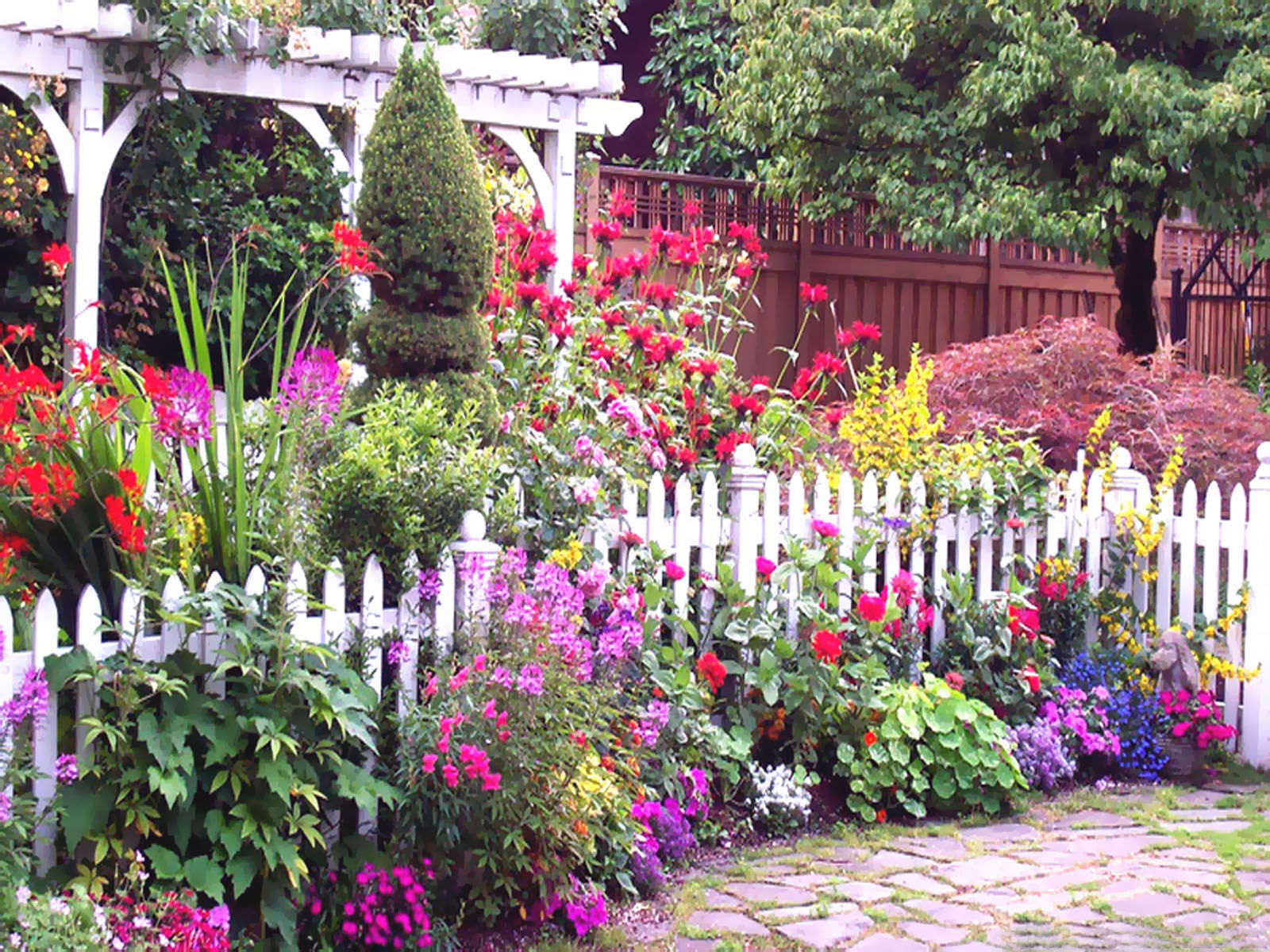Whether you just purchased a new home or you’ve always dreamed of having a gorgeous flower garden in your current yard, now is a great time to make it happen. Starting a flower garden is fun and rewarding and certainly adds curb appeal.
Step 1 – Know Your Garden
- Know your site: The first step in creating the perfect flower garden is to familiarize yourself with the area you want to plant. Make sure you know the conditons of the area – light, moisture conditions, and the topography.
- Know your flowers: Learn what plants grow well in your conditions and soil. Do not be afraid to go to your local garden center and speak to the garden center specialist about what type of flowers grow best in your conditions. You want to make sure to purchase flowers that grow well in full sun if your site has full sun or flowers that need full shade, etc.
- Know your frost cycle: To make sure your newly planted garden will survive the seasons, you will need to know your area’s average last and first frost dates. Benzakein notes this will affect when you start seeds and will allow you to plant varieties that will grow into autumn. Starting your seeds about 4 to 6 weeks before the average last frost date will give your plants a jump start. The plants will fill in faster and cut down on weeds. If you don’t have a greenhouse to start your seeds in, a covered seed tray indoors under growing lights will work.
Step 2 – Create Your Color Palette
- Create unity: When choosing a color scheme, using variations and different tones of the same color can make an impact without dominating. But have fun and try different things until you figure out what you like and what looks best for you. There is no right or wrong in your garden!
- Create excitement: While sticking to a few similar hues can create a feeling of harmony, complimentary colors — opposites on the color wheel — create juxtaposition. For example, the combination of blue and yellow is fresh, lively, and summery. “In a sunny spot, warm tones like yellows, oranges, and reds make the most of the light, especially during the ‘golden hours,’ when the sun rises or sets. However, on their own, hot colors can appear rather flat. Blues compliment the yellows, creating harmony and vibrancy.
- Create peaceful areas: It is prudent to practice restraint, as too much variety can feel tiring. You can’t have everything screaming at you in the garden. Separate areas with intense color or high drama with neutrals. But again I encourage the use of colors you personally enjoy in your garden.
Step 3 – Design Like a Pro
- Design with shape: When designing a flower garden, world-renowned Dutch garden designer Piet Oudolf suggests that shape is a good place to start. Perennials have several basic shapes: spires, plumes, daisies, buttons, globes, umbels, and screens. Try putting different shapes together and see if they spark off each other. Some combinations will be vibrant and dynamic, others may clash. Planting similar flower shapes together can reinforce an idea.
- Design with repetition: The repetition of key shapes or colors provides a sense of calm and visual unity. Ideally, plants you repeat should have a long season, not look untidy after flowering, and flourish in the garden’s conditions.
- Design in layers: Matt James, in his book, How to Plant a Garden, states, “When planting, try to pull one layer subtly into another — and vice versa — to create a more natural look, rather than simply arrange the layers like a staircase.” Oudolf warns that you can “lose plants in the back,” so it is important to make sure sight lines remain to see flowers at the rear of a border.
- Design in combinations: “Think in terms of plant combinations rather than individual species,” suggests Sean Hogan of Cistus Nursery near Portland, Oregon. Mixing plant heights, sizes, colors, scale, and textures keeps the garden engaging in all seasons. Relaxed plantings will provide color, movement and a meadow-like feel.
- Design with fragrance and movement: Dan Hinkley, plant hunter and author, has discovered what he enjoys most in his garden — fragrance and movement. “These elements of a garden aren’t included in the design often enough.” He advises to take advantage of natural breeze patterns to allow the scents of flowers to waft toward your home or patio areas.

bloom flower garden wallpaper


 Facebook
Facebook
 X
X
 Pinterest
Pinterest
 Copy Link
Copy Link

